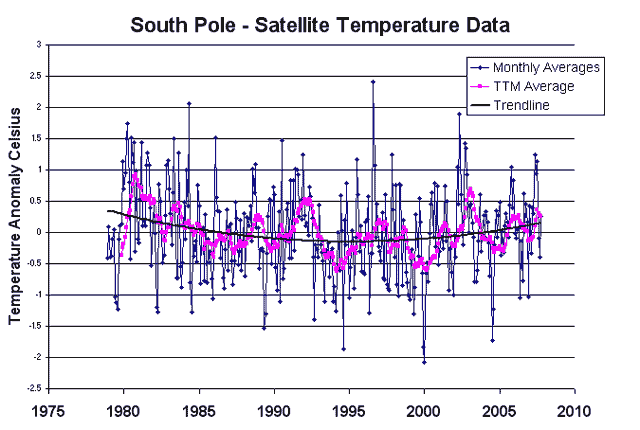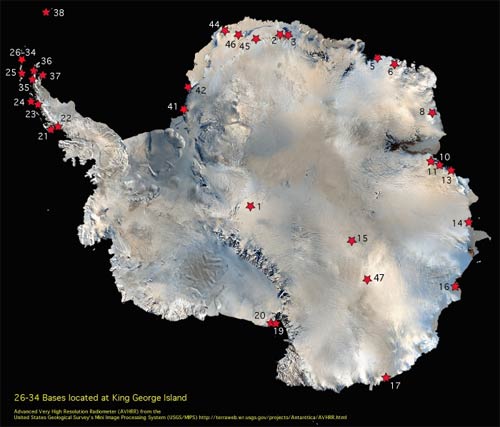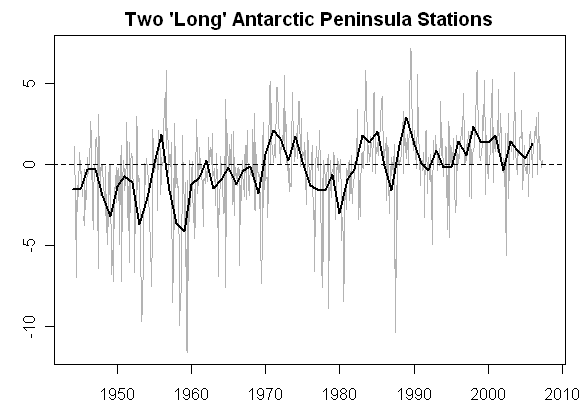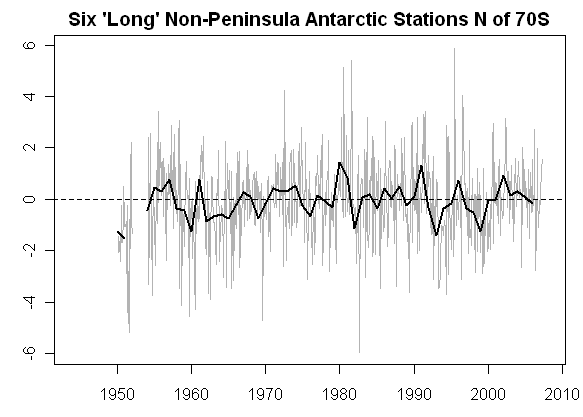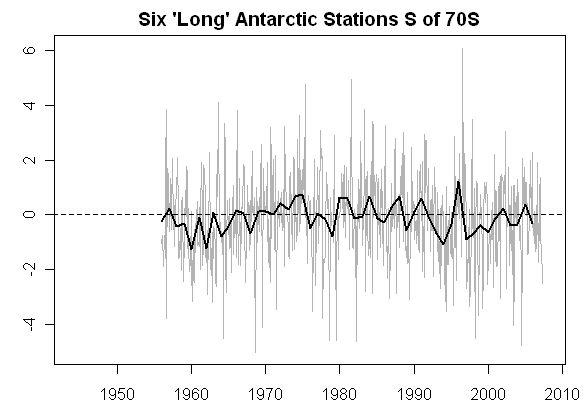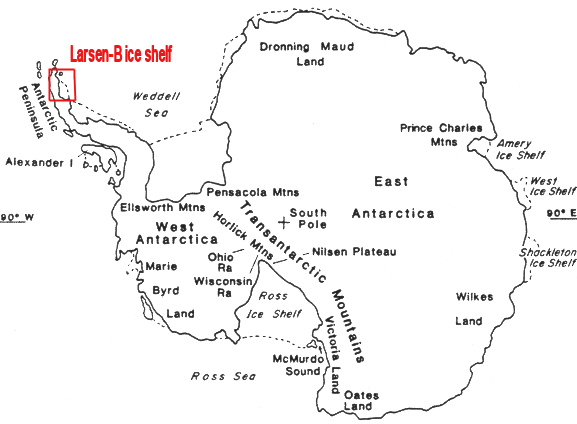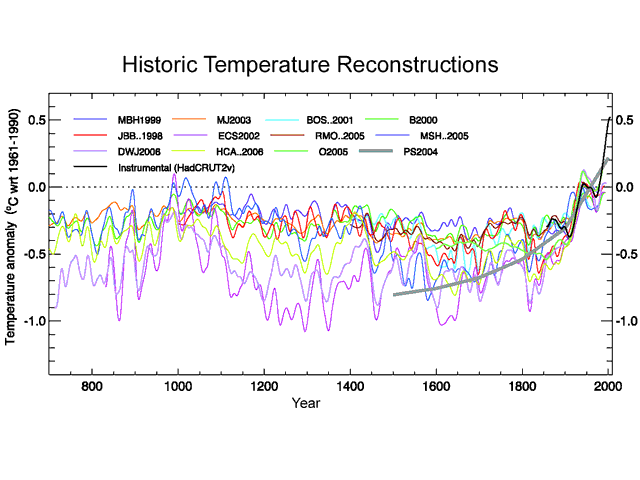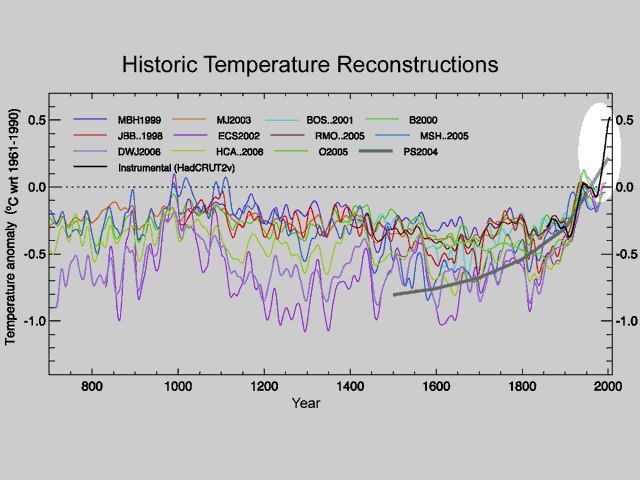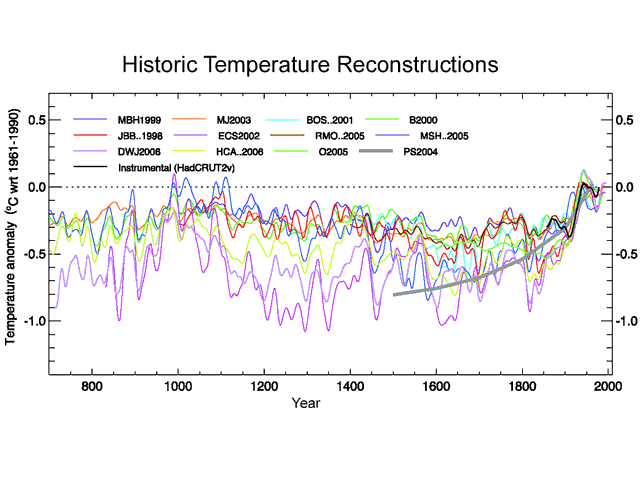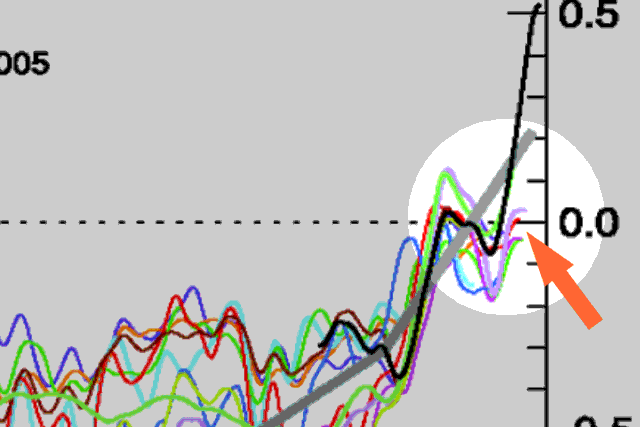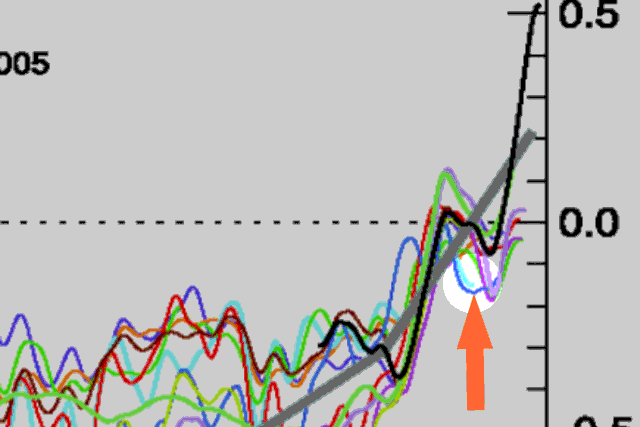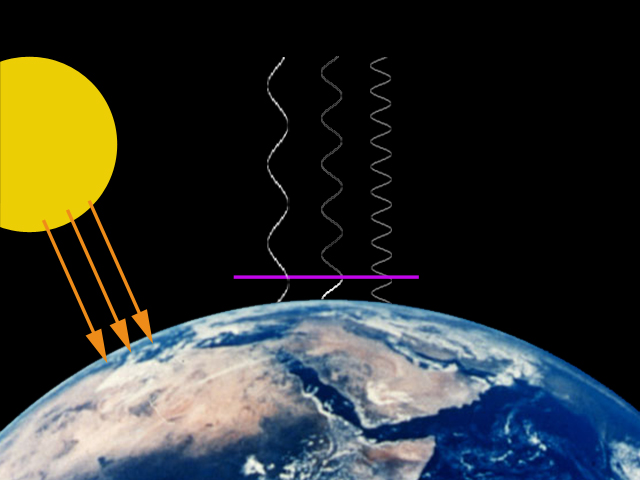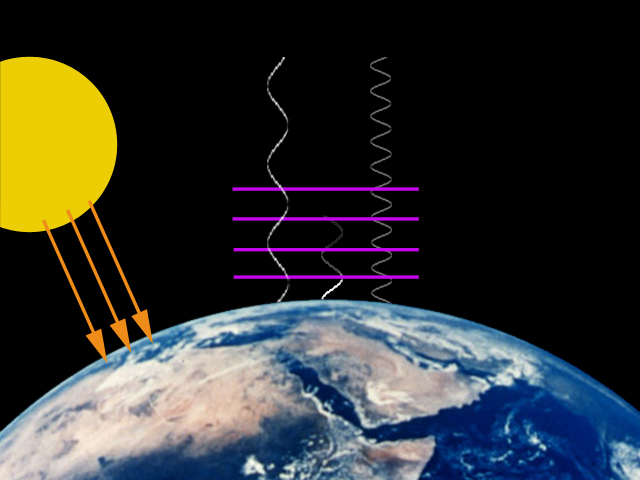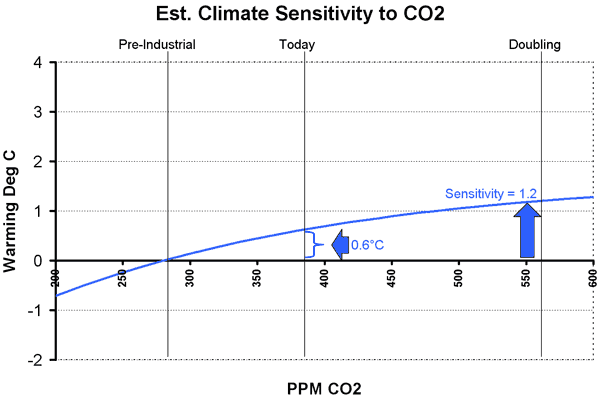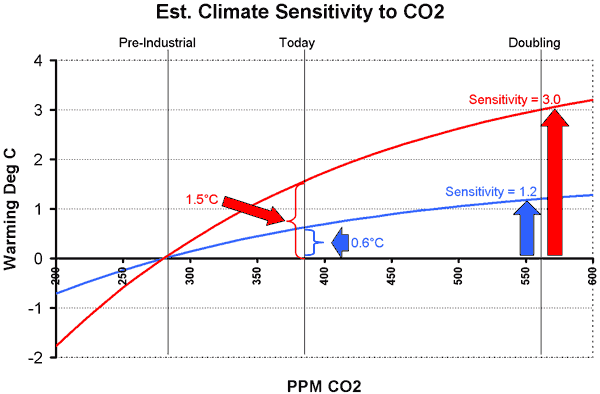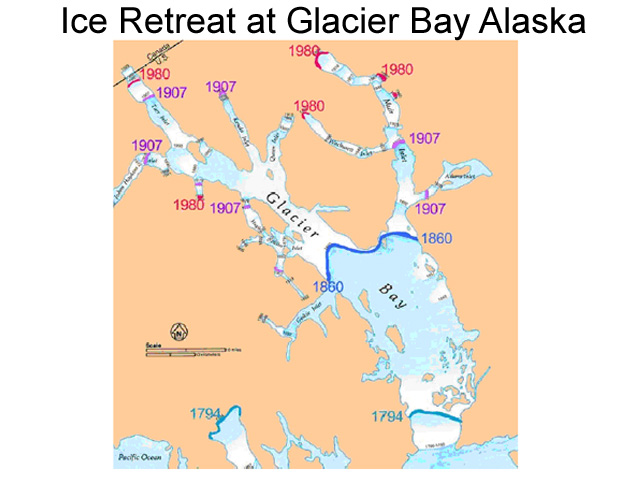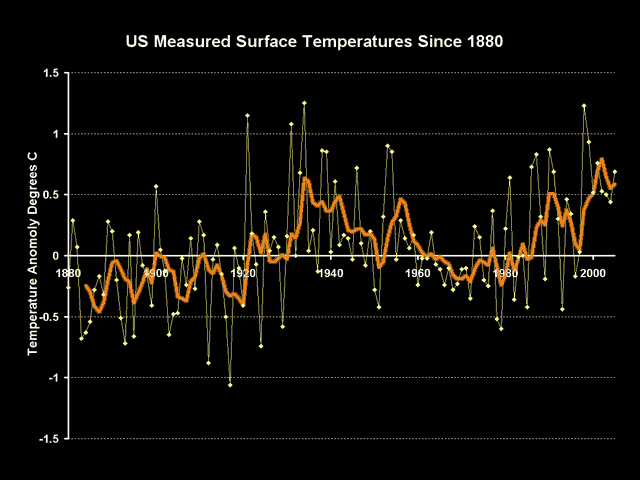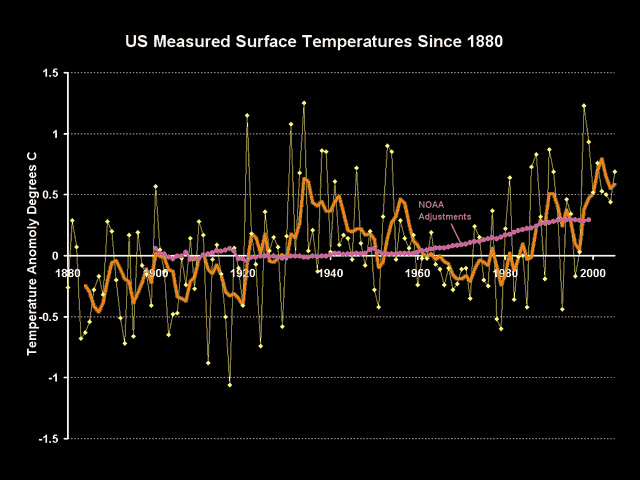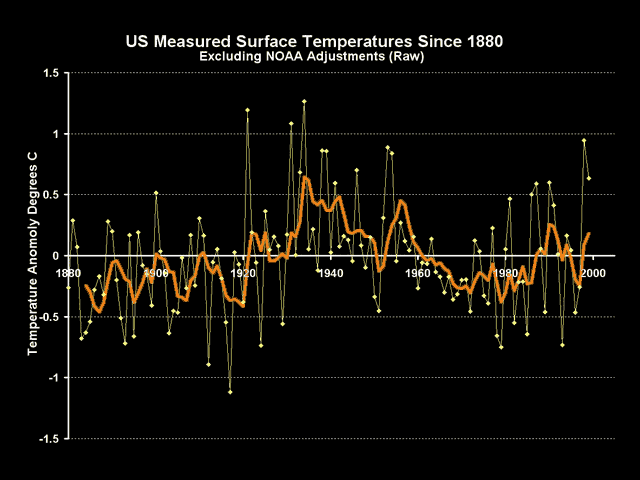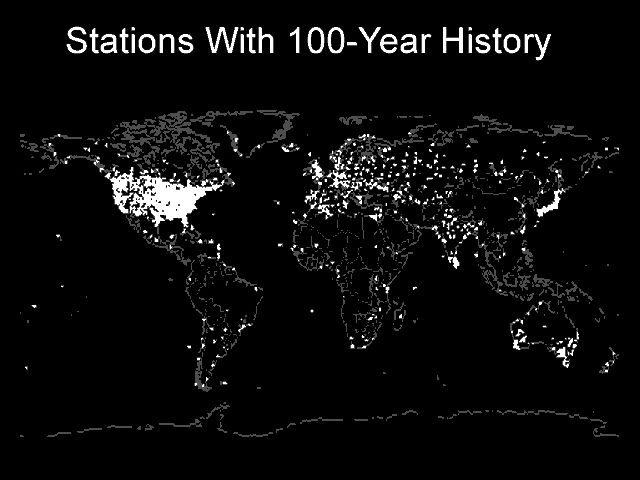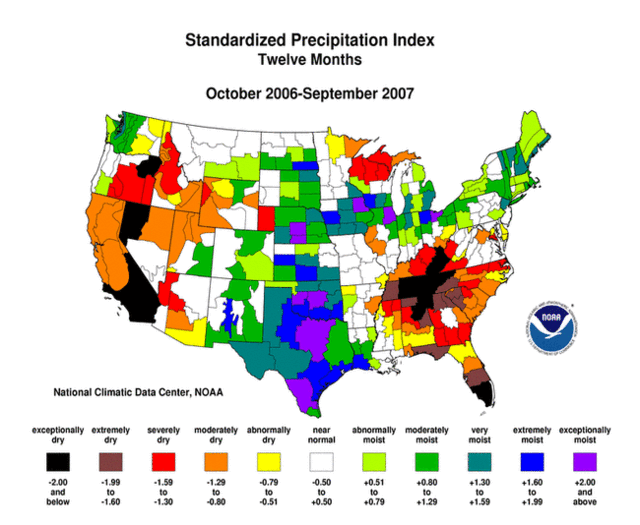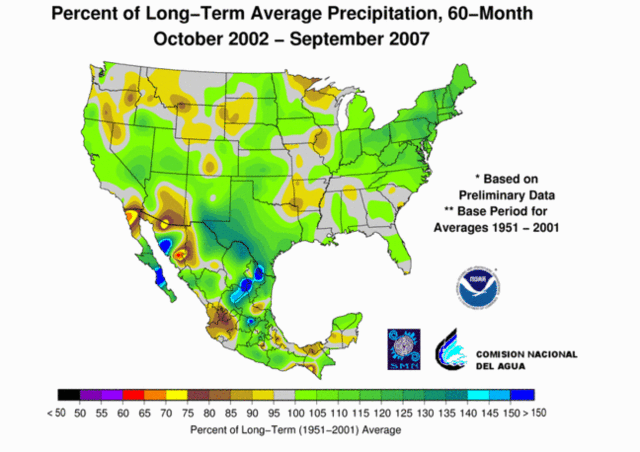OK, here is a great example of the media blithely accepting panicky catsrophism where none is warranted (Link HT to Maggies Farm)
Scientists welcomed Ban Ki Moon to Antarctica with a glass of Johnny Walker Black Label served “on the rocks” with 40,000-year-old polar ice. But the researchers delivered an alarming message to the UN Secretary-General about a potential environmental catastrophe that could raise sea levels by six metres if an ice sheet covering a fifth of the continent crumbles.
The polar experts, studying the effects of global warming on the icy continent that is devoted to science, fear a repeat of the 2002 collapse of the Larsen B ice shelf. The 12,000-year-old shelf was 220 metres (720ft) thick and almost the size of Yorkshire.
“I was told by scientists that the entire Western Antarctica is now floating. That is a fifth of the continent. If it broke up, sea levels may rise as much as six metres,” Mr Ban said after being briefed at the Chilean, Uruguayan and South Korean bases during a day trip to King George Island, at the tip of the Antarctic Peninsula. …
Eduardo Frei Montalva Air Force Base, a year-round settlement of corrugated-iron cabins belonging to Chile, lies in one of the world’s worst “hot spots” – temperatures have been rising 0.5C (0.9F) a decade since the 1940s.
I don’t even know where to start with this. So I will just fire off some bullets:
-
Over the last 30 years, satellites have found absolutely no warming trend in Antarctica (from UAH via Steven Milloy):
- The tail is measuring the dog. The Korean station couldn’t possibly be more irrelevent to measuring Antarctic temperatures. It is on an island labelled 26-34 north of the tip of the Antarctic Penninsula. This is a bit like measuring Colorado temperatures from Hawaii:
-
It is well known that the Antarctic Penninsula, representing 2% of Antactica’s area, is warming while the other 98% is cooling. I discussed this more here. Al Gore took the same disingenuous step in his movie of showing only the anomolous 2%. The Antarctic Penninsula in the first graph below shows warming. The rest of Antarctica shows none (click to enlarge)
-
The IPCC predicts that with global warming, the Antarctic penninsula will see net melting while the rest of Antarctica will see net increases in ice. The penninsula is affected more by the changing temperatures of sea currents in the surrounding seas than in global climate effects. For most of Antarctica, temperatures will never concieveably warm enough to melt the ice sheets, since it is so cold even in the summer, and ice sheets are expected to expand as warming increases precipitation on the continent.
-
Scientists studying Antarctica have been there at most a few decades. We know almost nothing about it or its histroy. We certainly don’t know enough about "what is normal" to have any clue if activities on the Larson B ice shelf are anomolous or not.
-
The UN Sec-gen said that this ice shelf represented a fifth of the continent. Here, in actuality, is the Larsen ice shelf. The red box below greatly exaggerates Larsen’s size, and Larsen-B is only a portion of the entire Larsen shelf.
- The statement that the entire Western Antarctic is floating is just absurd. God knows what that is supposed to mean, but even if we ignore the word "floating", we can see from the map above we aren’t even talking about a significant portion of the Antarctic Pennninsula, much less of Western Antarctica. Here are actual pictures of the 2002 event. (by the way, if ice is really "floating", presumably in sea water, then it’s melting will have zero effect on ocean levels)
- Such a feared collapse already happened 5 years ago, and sea levels did not budge. But the next time it happens, sea levels are going to rise 20 feet?? Even the UN’s IPCC does not think sea levels will rise more than 8-12 inches in the next century due to their overblown temperature forecasts.
As always, you can consult my my book and my movie (both free online) for more details on all these topics.

